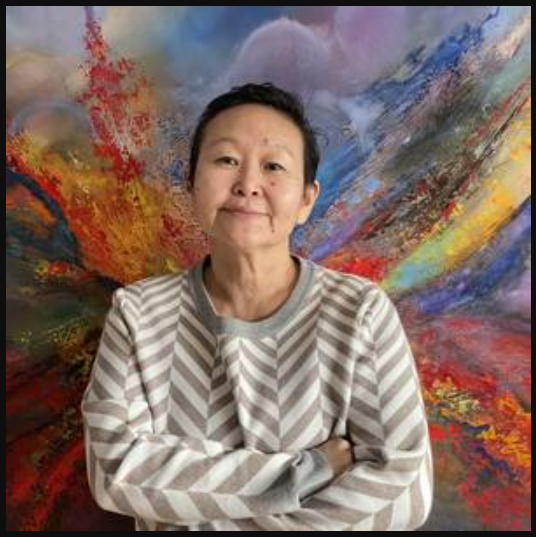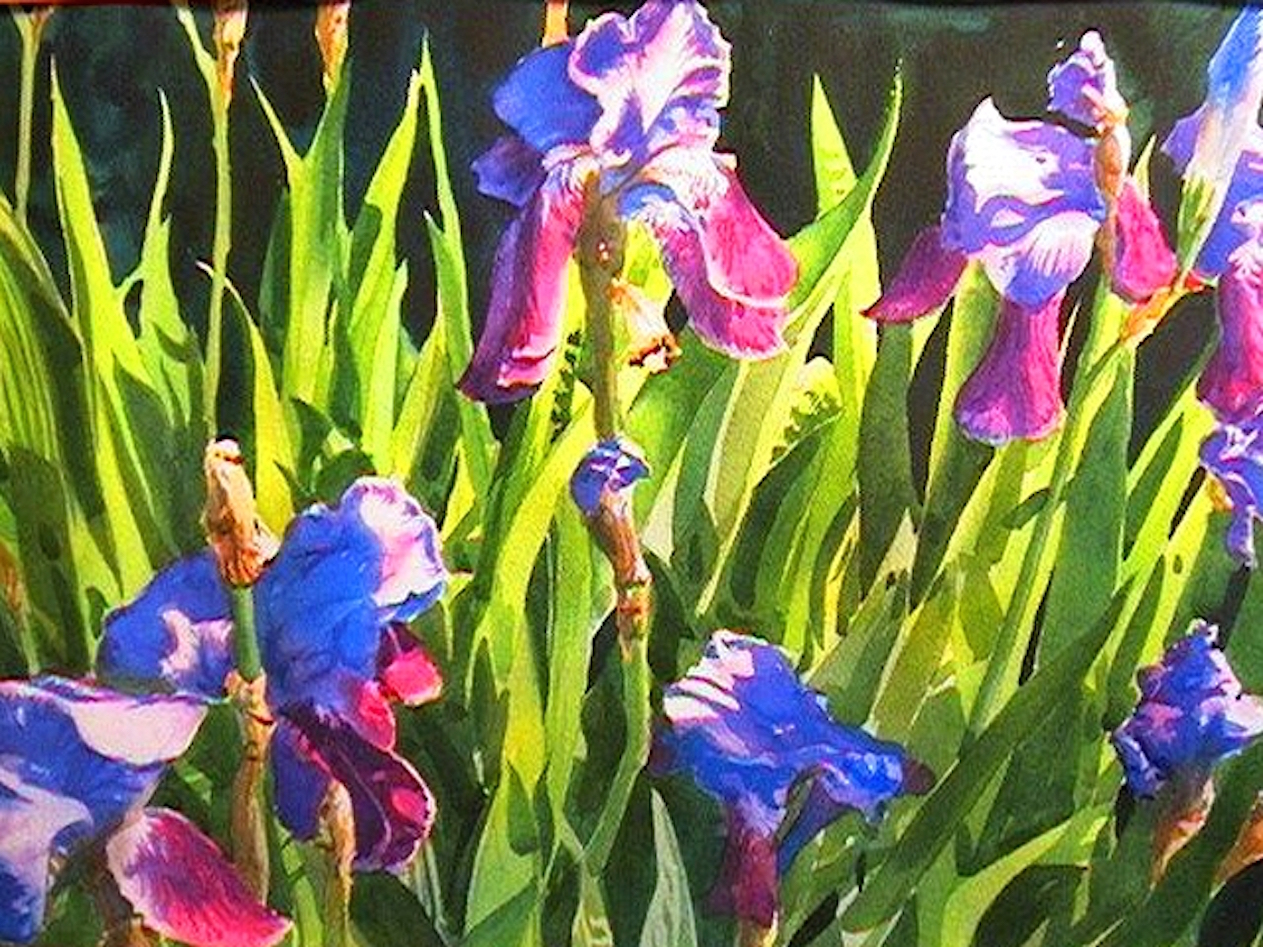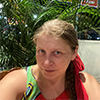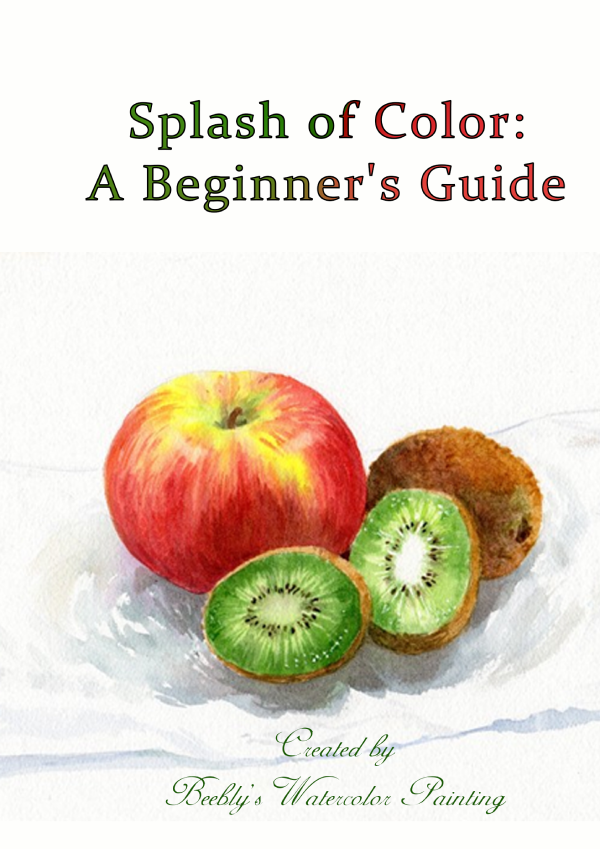
If you are a real beginner you might be asking right now: what do you mean watercolor paper? Isn't all paper the same. Most paper - the regular kind that you feed to your printer - does not have adequate absorption capabilities and makes your paint run over the smooth surface rather than stay where you want to put it. Here are three essential things you need to take your brushwork to the next level.
Categories: Watercolor Lessons
Dolgor Dugarova is a Russian artist based in Hasselt, Overijssel, Netherlands. We have included her works in other Beebly’s blog posts. Today we highlight some of her latest works and show you how Dolgor pushes the envelope when it comes to changing and updating her style.
Categories: Artists in Action
Materials used: Brushes 1 1/2" (381mm) Flat Winsor & Newton Series 965 " Grumbacher Aquarelle Flat Red Sable #12 Winsor & Newton Series 7 Red Sable #10 Winsor & Newton Series 820 Red Sable #6 Grumbacher Watercolor Classic Paints Sap Green Hooker's Green Dark Pthalocyanine Blue Cobalt Blue Dioxazine Purple Alizarin Crimson Permanent Rose Raw Sienna Burnt Umber Paper Spiral Pad (11" x 14") Canson #140 cold pressed< Miscellaneous #2 Pencil Kneaded Eraser Palette - Your choice. Mine is an old Robert E. Wood model. Water container (2) and water Hair dryer (optional) Step One: Preparing reference art After developing...
Categories: Step-By-Step Painting Ideas , Watercolor Lessons , Intermediate TechniquesStep Six: Out of the shadows After thoroughly removing the frisket and redrawing lost areas, I painted the shadow areas on the lighthouse in the same blue as the sky. Next I used blues, grays, and greens to paint the causeway leading to the lighthouse. I fished these colors from the various mixtures already on my palette. While I had a clean mixture of Hooker's green in my #5 brush I invented some landscaping at the base of the building. I studied the forms at the base of the building and redrew them, a light colored rail and pier was...
Categories: Step-By-Step Painting Ideas , Watercolor Lessons , Intermediate TechniquesStep Seven: Altering reality My original photo had a background of a sunlit brick wall. I decided the bricks would make the painting too busy and opted to use a dark mixture of Pthalocyanine Blue and Burnt Umber to indicate a deep shadow area behind the entire group of flowers and foliage. I varied the mixture as I painted the background. These two colors can give you deep dark blues, rich greens and warm dark browns as you mix them in different quantities. Step Eight: Chasing the light I started to work intensely on the patterns of light and dark...
Categories: Step-By-Step Painting Ideas , Watercolor Lessons , Intermediate Techniques



